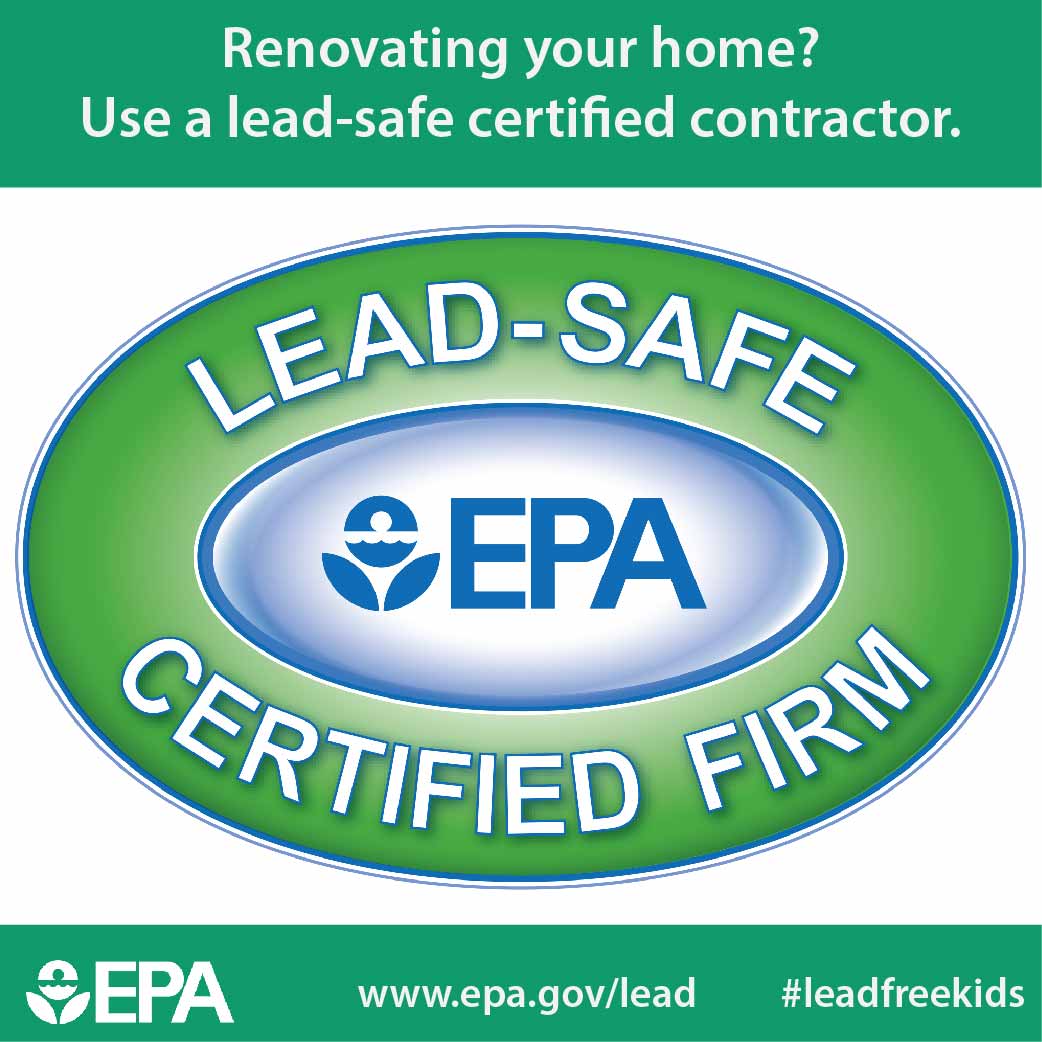The Success Of Your Industrial External Paint Project Is Significantly Affected By Climate Condition-- Comprehend Just How It Can Determine The Result Of Your Initiatives
The Success Of Your Industrial External Paint Project Is Significantly Affected By Climate Condition-- Comprehend Just How It Can Determine The Result Of Your Initiatives
Blog Article
Authored By-Rode Kidd
When you're planning a business exterior painting project, do not ignore the influence of climate on your outcomes. You require to think about elements like temperature, moisture, and rainfall, as they can make or break your paint work. For example, did you understand that excellent conditions call for certain temperature level ranges and moisture degrees? Falling short to keep track of these facets can bring about unequal surfaces and even damages to fresh paint. Recognizing these aspects is vital to accomplishing a long-lasting, expert end result. So, what specific climate condition should you be wary of?
Temperature Considerations
When it involves industrial external paint, temperature level plays an important function in the result of your project. If you're painting in severe warm, the paint can dry as well quickly, causing issues like poor bond and irregular surfaces. You want to go for temperature levels in between 50 ° F and 85 ° F for the best results. Below 50 ° F, paint may not heal appropriately, while above 85 ° F, you run the risk of blistering and breaking.
Timing your job with the appropriate temperature levels is crucial. Begin your work early in the early morning or later in the mid-day when it's cooler, specifically during warm months.
Additionally, think about the surface temperature level; it can be substantially more than the air temperature, specifically on bright days. Make use of a surface area thermometer to examine this before you start.
If temperature levels are uncertain, keep an eye on the weather forecast. Unexpected temperature drops or warm front can thwart your plans. You don't intend to start repainting only to have the conditions transform mid-project.
Humidity Levels
Humidity degrees dramatically impact the success of your industrial external painting task. When the moisture is expensive, it can impede paint drying out and treating, leading to a variety of problems like inadequate adhesion and complete top quality.
If you're preparing a job during wet conditions, you may find that the paint takes longer to dry, which can expand your project timeline and boost expenses.
Conversely, reduced humidity can also present difficulties. Paint may dry out also swiftly, avoiding correct application and leading to an uneven surface.
You'll wish to check the moisture levels very closely to ensure you're working within the optimal variety, normally between 40% and 70%.
To obtain the very best outcomes, think about using a hygrometer to gauge humidity prior to beginning your project.
If you locate the degrees are outside the optimum array, you might require to readjust your schedule or pick paints made for variable conditions.
Always speak with the manufacturer's guidelines for particular suggestions on humidity tolerance.
Precipitation Effect
Rainfall or snow can considerably disrupt your business outside paint strategies. When precipitation takes place, it can wash away freshly applied paint or develop an unequal finish. Preferably, you wish to select days with completely dry weather condition to guarantee the paint sticks appropriately and treatments successfully. If Read More Here caught in a shower, it's ideal to stop the task and wait on problems to improve.
Additionally, snow can be much more detrimental. Not only does it create a damp surface area, but it can also lower temperatures, making it tough for paint to dry. This can result in problems like peeling off or blistering down the line.
It's important to examine the weather report before beginning your task. If exterior house painters near me or snow is forecasted, think about rescheduling.
Constantly keep in mind to permit sufficient drying time in between coats, specifically if the weather condition continues to be unpredictable.
Conclusion
In conclusion, watching on the climate is crucial for an effective commercial exterior painting task. By monitoring temperature level, humidity, and rainfall, you can ensure the best conditions for application and curing. Bear in mind to intend your work around desirable weather and constantly adhere to supplier guidelines. With the right technique, you'll accomplish a lasting, lovely finish that can hold up against the elements. Do not allow the weather condition catch you off guard-- remain notified and paint wise!
